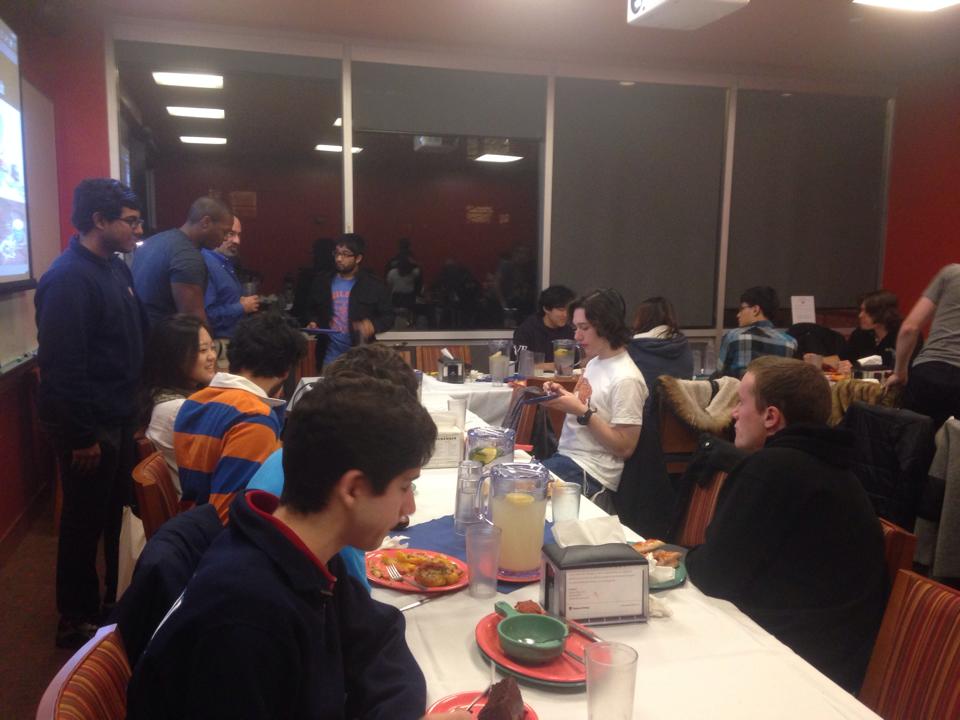I am currently the academic chair for Wilson College, one of Princeton's six residential colleges, and am responsible for organizing events where students can interact with professors casually and learn more about their work. In December, I organized a dinner with David Spergel, the Charles A. Young Professor of Astronomy, chair of the astrophysics department and a famous researcher. It was an incredibly successful event, attended by several students and faculty, including John Nash, senior research mathematician, famous for discovering the Nash Equilibrium.
Spergel talked about his recent research evaluating the results of the BICEP2 telescope in the South Pole. In March, in an announcement widely covered by the media and eagerly anticipated by scientists around the world, astronomers of the BICEP2 telescope declared they had found special wave patterns (known as B-mode polarization of gravitational waves) from the big bang, thus declaring one of the most significant experimental discoveries for the science of cosmic inflation and high energy physics. However, Spergel led research that showed the results of BICEP2 were actually due to cosmic dust, not the big bang. The presentation displayed current research, and even included recent developments from earlier that day!
Spergel first gave a 45-minute talk, with anecdotes about the incident dispersed throughout, and then stayed on for an informal question-and-answer session. Even after most of the audience had left, Spergel remained to talk to interested students about physics, the peer review process in science and other topics of interest.

Spergel is a graduate of Princeton, and many of his anecdotes included tales of what his undergraduate peers went on to do after graduation (one of them is Supreme Court Justice Elena Kagan), and his interactions with them later. For example, one of the main science writers to cover Spergel's recent research was his undergraduate classmate. The interaction left most students excited to take courses in physics and astrophysics, but also excited to study at Princeton for a narrative that promises to be enthralling.






